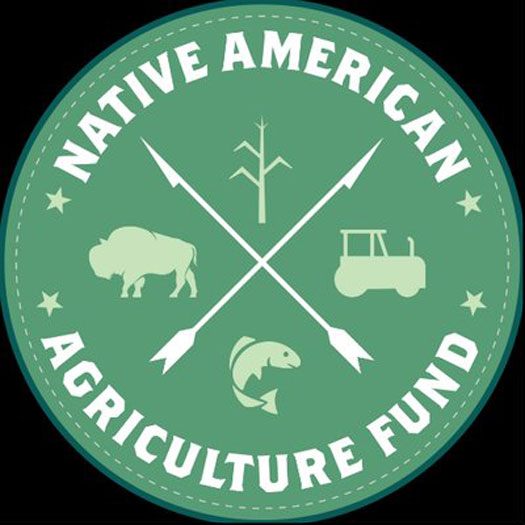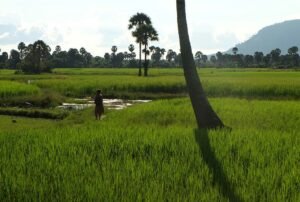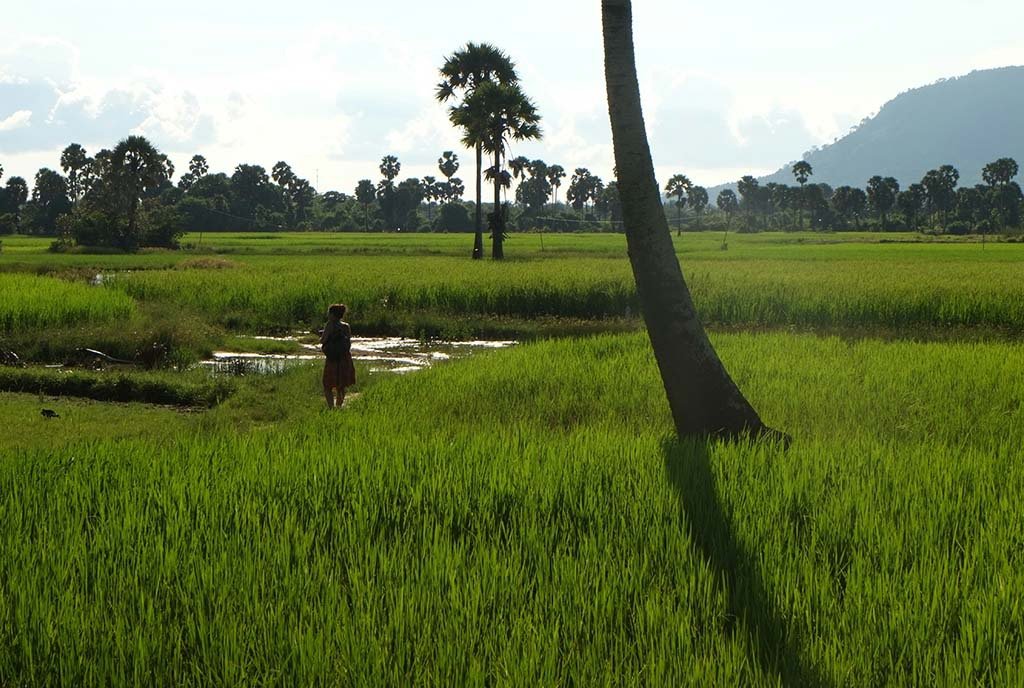
April 3, 2019; Native News Online
Food sovereignty and food justice are issues that are important to many nonprofits. For native communities, the return of traditional foods and management of food systems is something that is increasingly recognized as a central element of sovereignty. Last week, Navajo Nation President Jonathan Nez spoke at an annual food summit, Diné Bich’iiya’ Summit at Diné College in Tsaile, Arizona, and focused in part on the importance of establishing food policy and a food regulatory office with the goal strengthening the local food economy on the Navajo Nation. For nonprofits working on food justice, the elements of food sovereignty are critical to understand, especially for nonprofits working with native communities.
As part of his comments, President Nez stated the importance of having locally produced food for Navajo families by increasing their capacity to farm, and lessening their dependence on outside food sources. The summit, whose theme was “Food Is Medicine,” featured workshops and discussions on a wide range of topics including backyard gardening, traditional four foods, farm-to-school efforts, and other areas of interest. This theme reflects similar programs by other native nations, some of which were featured in the 2015 WK Kellogg Foundation report, Intertribal Food Systems, a National Intertribal Survey and Report. This report explores ways tribal communities are reclaiming their food sovereignty to create healthier choices and highlights 40 tribal-led projects focused on food systems. The vision put forth by President Nez echoes many of the survey’s themes, which are:
- Food as Medicine
- Youth Development
- Market Access
- A Response to Health and Hunger
- A Return to Roots
This latest food summit is part of a growing interest in healthy foods. Other efforts in the region have included a recognized farm to school program, a demonstration ranch dedicated to offering hands on training, traditional food workshops, and a community derived and managed development group called Hasbidito. These and other efforts point to the importance of establishing local control and development of food systems in native communities.
Sign up for our free newsletters
Subscribe to NPQ's newsletters to have our top stories delivered directly to your inbox.
By signing up, you agree to our privacy policy and terms of use, and to receive messages from NPQ and our partners.
As native communities look to strengthen their local food systems and increase their food sovereignty and security, several relevant issues need to be addressed and considered. As NPQ reported last year, there is a need for increased investment and financial capital to be available for native owned agricultural businesses. While native CDFIs are filling the financing gap for agricultural lending for businesses, there is still room for growth, and with good reason. According to the US Census of Agriculture’s 2012 census for American Indian Reservations, there is a gap between the number of farms located on reservation lands and the number of farms on reservation lands owned by native entrepreneurs. This means outside owners use farmlands to profit while food grown on native lands leaves for outside markets.
In addition to financing needs, there are several examples of discrimination at play that inhibit native farmers and agripreneurs from succeeding. Perhaps most notably, as NPQ reported last August, the Native American Agriculture Fund (NAAF) was established as a result of a lawsuit, the Keepseagle v. Vilsack case, where claimants alleged that the US Department of Agriculture “discriminated against Native Americans in its farm loan and farm loan servicing programs.” The resulting $266 million fund will begin making grants in 2019.
In addition to the Keepseagle v. Vilsack case, other efforts have been undertaken to ensure that Native communities are included in federal programs, such as efforts last year to ensure Native inclusion in the Farm Bill. The Indigenous Food and Agriculture Initiative at the University of Arkansas, which was a partner in the Intertribal Survey in 2015, authored a report called Regaining Our Future: An Assessment of Risks and Opportunities for Native Communities in the 2018 Farm Bill. The report discusses how the Farm Bill is organized, explores the importance of 638 authority for the USDA as a tool for tribes to engage more effectively with USDA programs, and looks at a range of Farm Bill components such as commodities, nutrition, rural development, and crop insurance.
Ultimately, food sovereignty reflects unique cultural values and histories, while returning control of food systems to local actors. Efforts that emphasize local policy and regulation, such as the ones recommended recently at the food summit in the Navajo Nation, can be effective tools for facilitating increased capacity and bolstering efforts. At the same time, considerations about structural discrimination and addressing federal policy constraints are essential to the long-term efficacy of locally controlled food systems. For nonprofits working on food justice and sovereignty, these considerations and certainly others are worth noting and integrating into their efforts.—Derrick Rhayn













